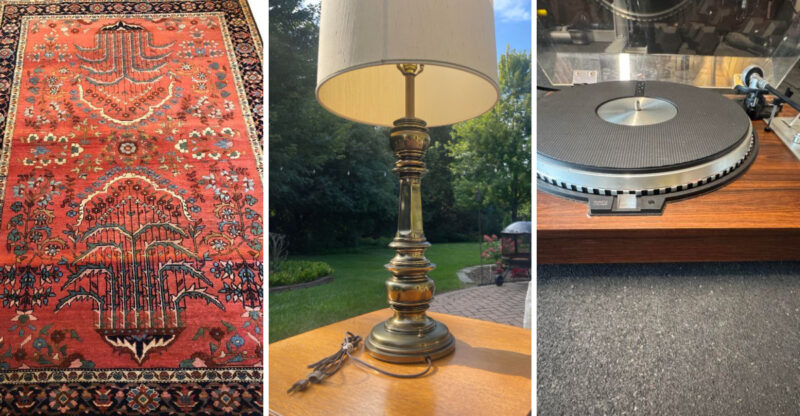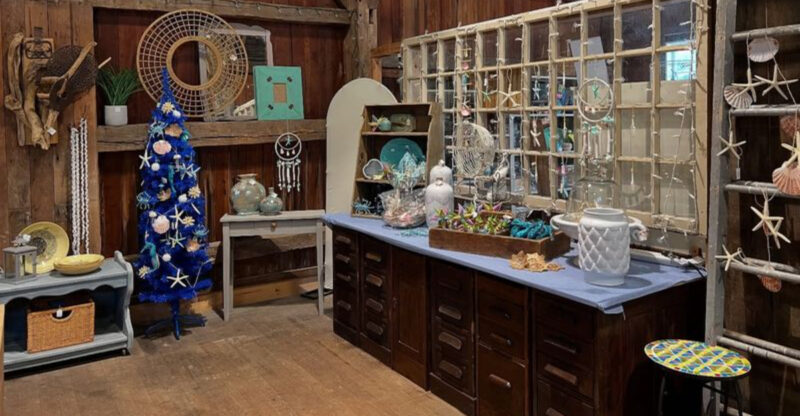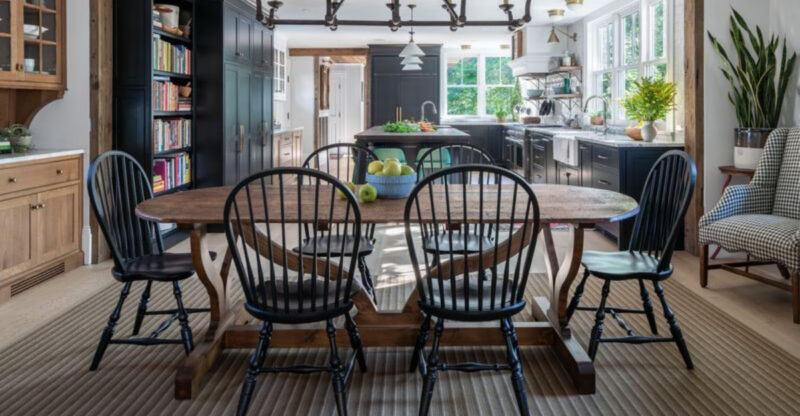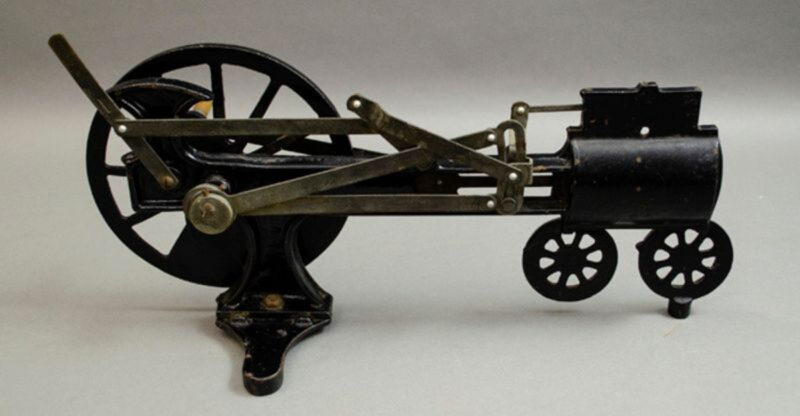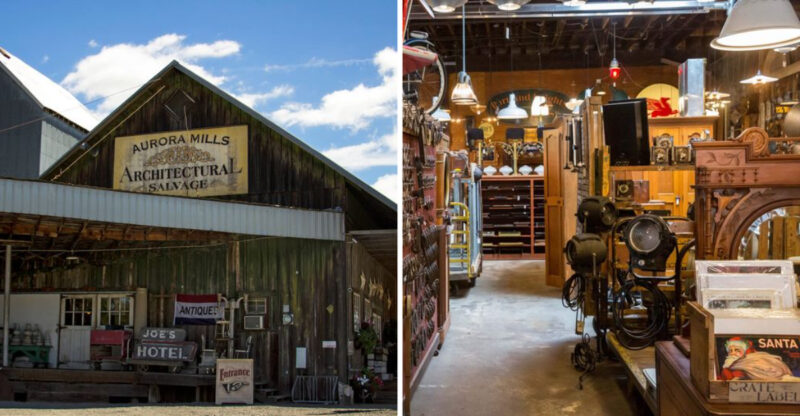6 North Carolina Antiques In Cary That Might Be Priceless And 6 Ones That Are Worthless
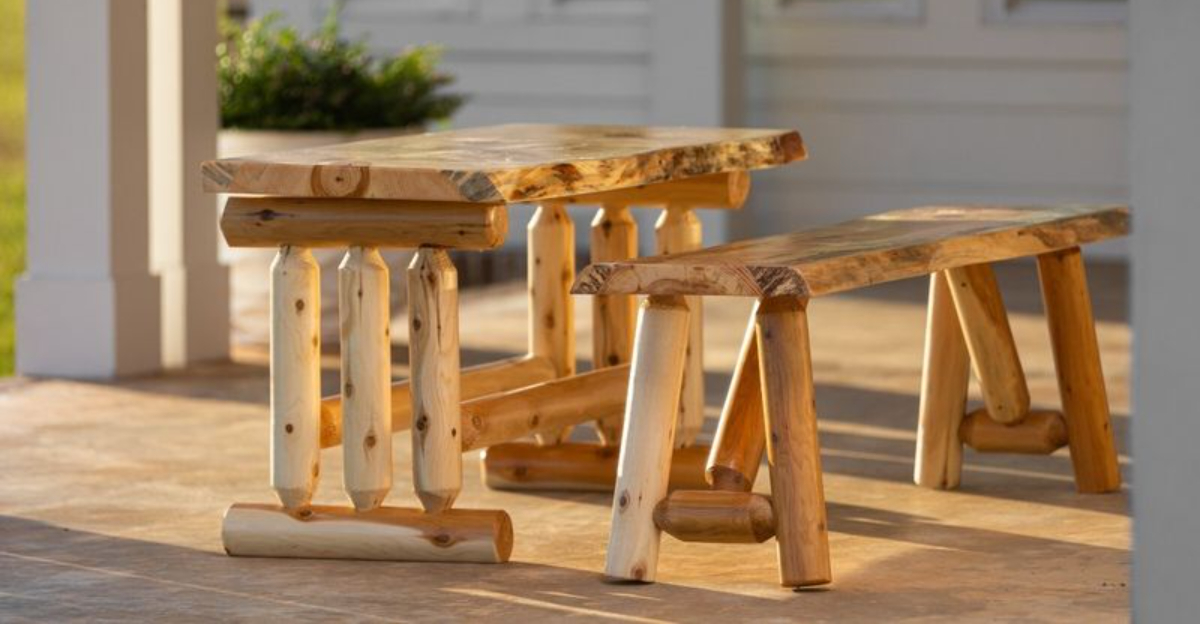
Treasure hunting through Cary’s antique shops promises plenty of intrigue, yet not every vintage piece is destined for a big payday. Across North Carolina, certain antiques command impressive prices, while others gather dust in attics, offering little more than sentimental value.
Whether you’re a seasoned collector or simply curious about hidden gems tucked among family heirlooms, recognizing which items truly hold worth can help you avoid costly missteps – and perhaps uncover a valuable surprise.
1. Early North Carolina Pottery
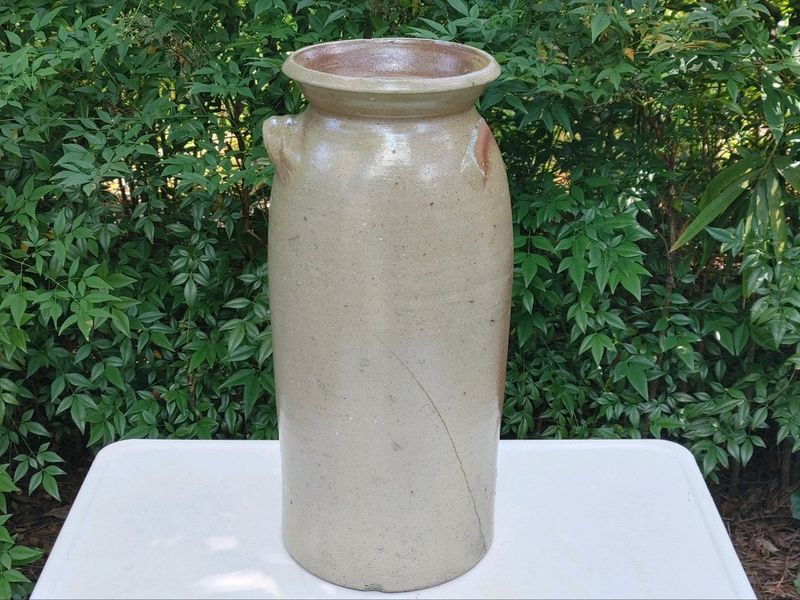
Clay treasures from our state’s rich ceramic tradition might be sitting unrecognized on your shelf. The distinctive orange-red earthenware with salt glaze could be worth thousands. Early North Carolina pottery from famous families like the Coles or Foxes commands premium prices.
Pieces from the Seagrove area dating before 1900 are particularly valuable, especially those with clear maker’s marks or unusual forms.
2. Vintage Tobacco Memorabilia
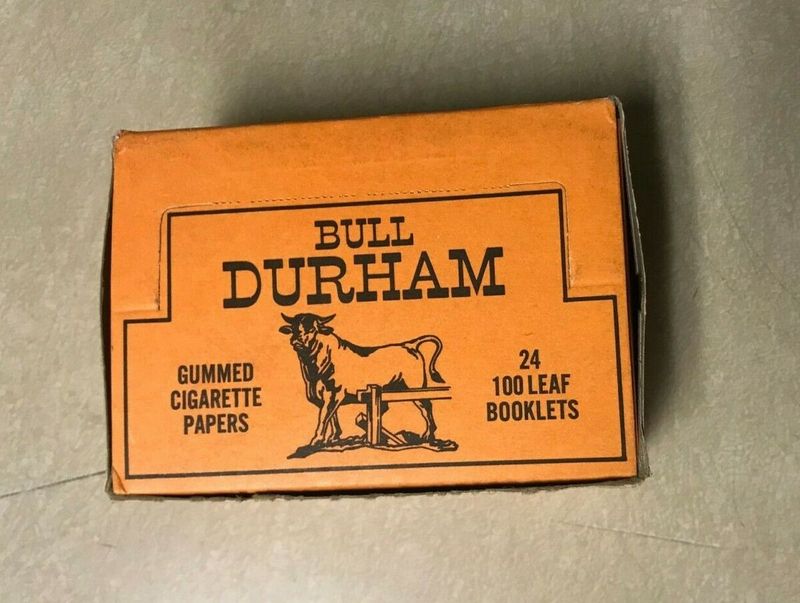
Smoke-stained history carries surprising value! Advertising signs, tobacco tins, and warehouse equipment from North Carolina’s golden era of tobacco production aren’t just nostalgic.
Vintage tobacco memorabilia connected to historic brands like Bull Durham or American Tobacco Company can command impressive prices. Items with bright graphics, minimal rust, and direct connections to Cary or Durham tobacco operations are especially desirable.
3. Handwoven Coverlets And Textiles
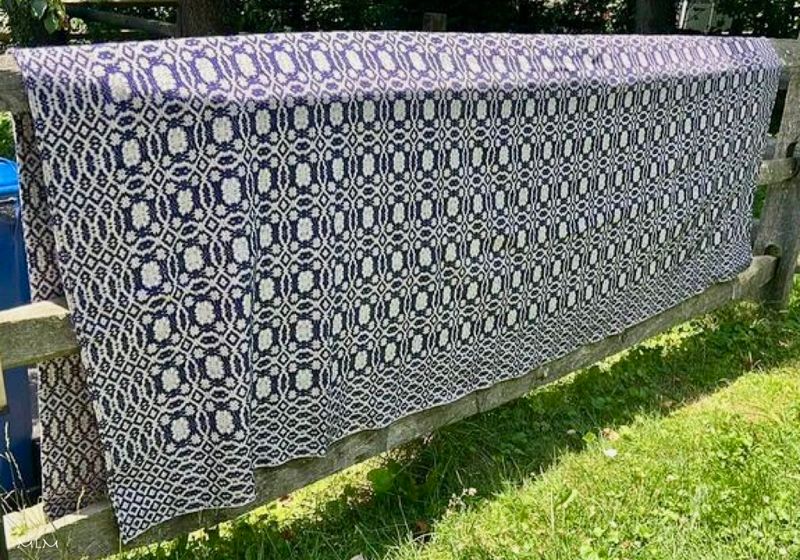
Threads of history wrap around these cherished heirlooms. The intricate patterns tell stories of skilled artisans who created functional art. Handwoven coverlets from North Carolina’s mountain communities can be extremely valuable, especially pre-Civil War examples.
Those with documented provenance from known weavers or featuring distinctive regional patterns might be worth several thousand dollars to serious collectors.
4. Civil War Era Artifacts
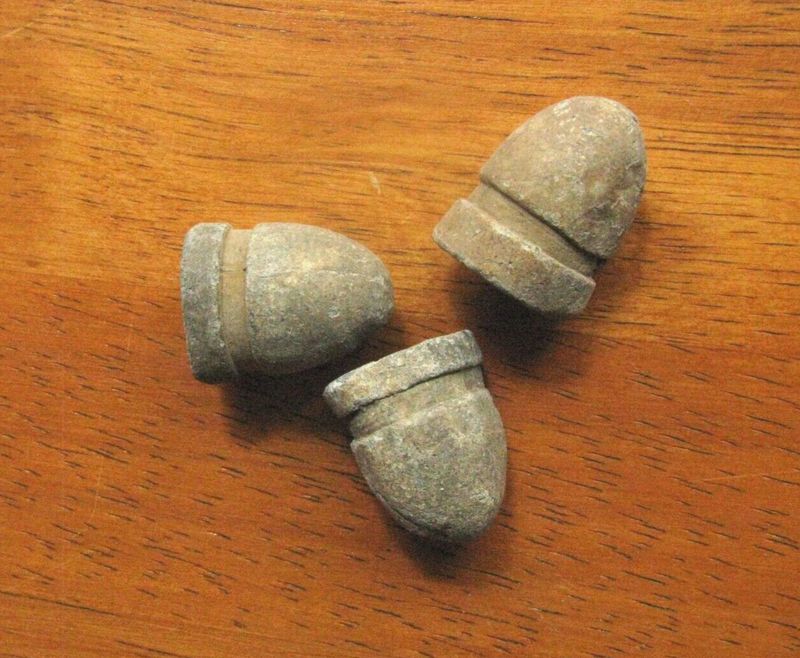
Battle-worn relics from our state’s divided past captivate historians and collectors alike. Personal items tell intimate stories of sacrifice and survival. Civil War artifacts with direct connections to North Carolina regiments can be extraordinarily valuable.
Letters, uniforms, weapons, and photographs with documented Cary or Wake County provenance might be museum-worthy treasures, potentially worth tens of thousands.
5. Antique Longrifles And Firearms
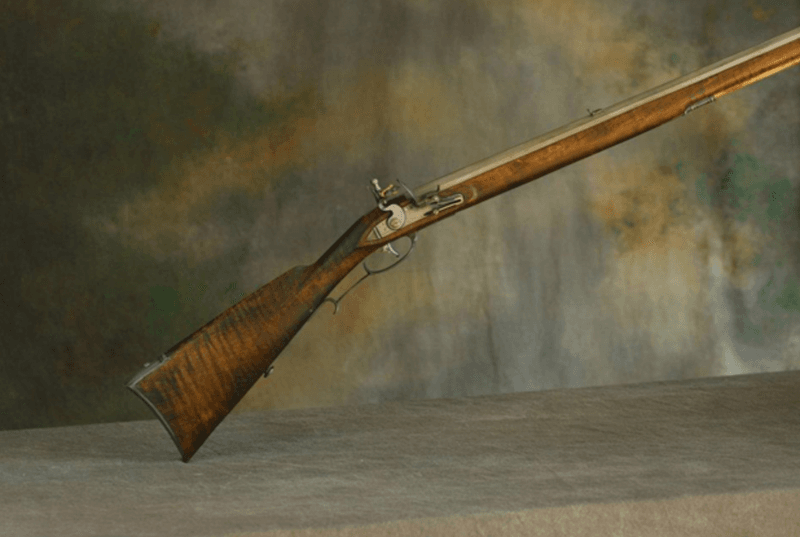
Powder marks and worn stocks speak of frontier adventures long past. The craftsmanship of these weapons transcends their utilitarian purpose. Antique longrifles crafted by known North Carolina gunsmiths can reach astronomical prices at specialized auctions.
Examples by masters like the Vogler family or Dixon might be worth $50,000 or more if authentic and in good condition with original components.
6. Southern Primitive Furniture
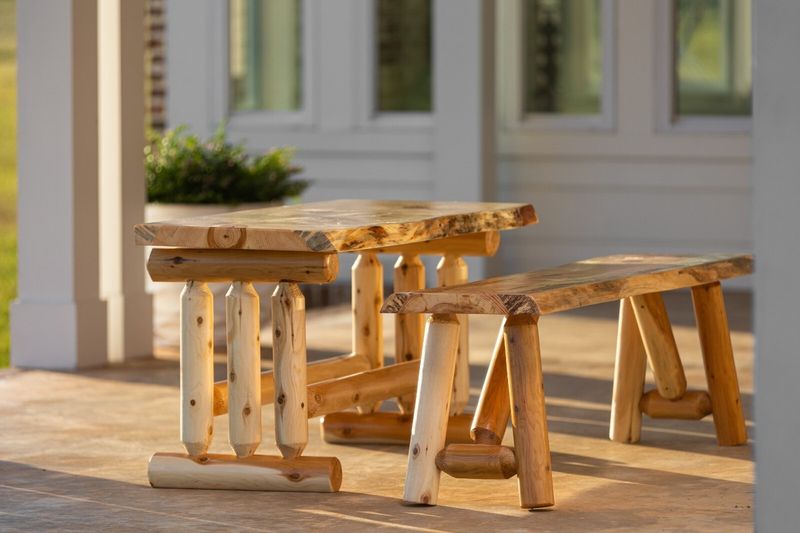
Hidden gems await in humble corners! These handcrafted pieces, often made by local craftsmen without formal training, carry authentic regional character.
Southern primitive furniture from the 18th and 19th centuries can fetch thousands at auction, especially pieces with original paint or finish. Look for hand-cut dovetail joints and locally sourced woods like pine or walnut.
7. Mass-Produced Depression Glass
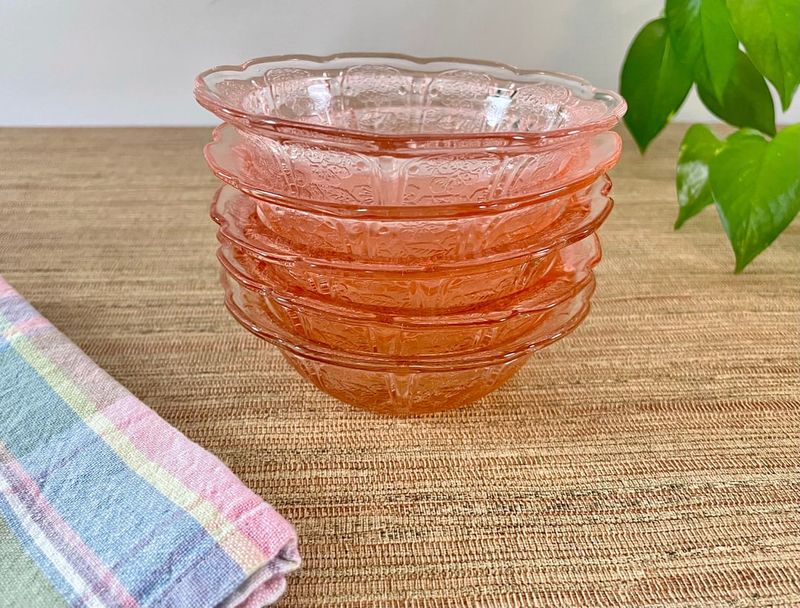
Colorful but common, these machine-made treasures filled countless Depression-era homes. Despite their cheerful appearance, most pieces hold little monetary value today. Mass-produced Depression glass found in Cary homes rarely exceeds $20-30 per piece regardless of condition.
The market became flooded when collectors discovered warehouses of unsold inventory in the 1970s. Even complete sets in pink or green typically fetch only modest prices.
8. Vintage Avon Bottles
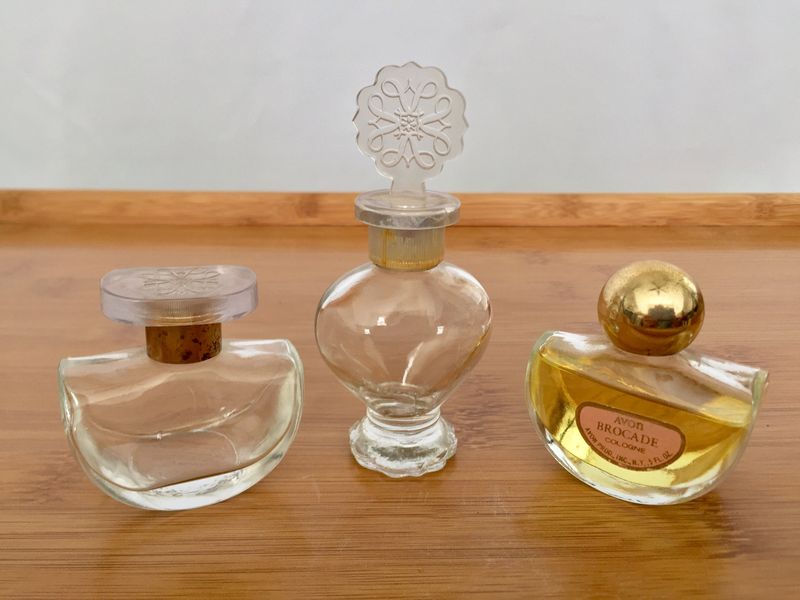
Whimsical shapes and nostalgic scents trigger fond memories but rarely open wallets. Grandma’s collection gathering dust might hold sentimental value only.
Vintage Avon bottles, despite their creative designs, rarely sell for more than $5-10 each. These were produced in massive quantities from the 1960s through 1990s. Even complete, unused examples with original boxes have minimal collector interest today.
9. Reproduction Colonial Furniture
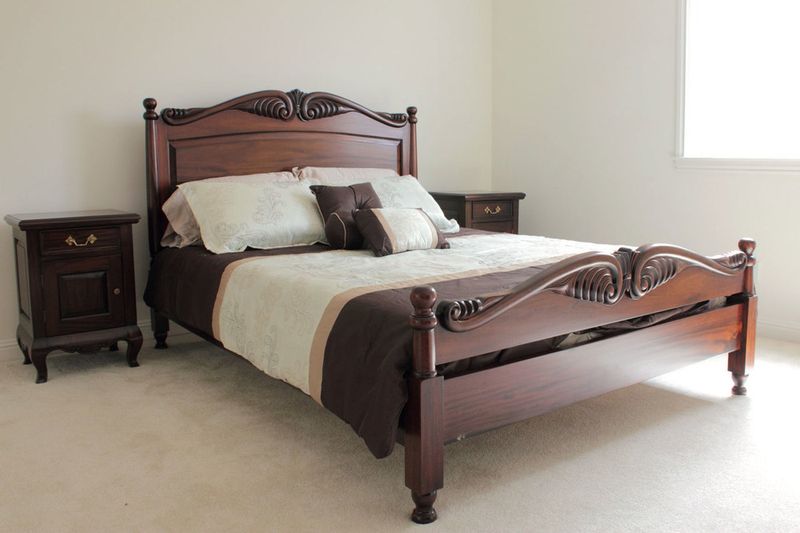
Factory-made mimicry often fools casual observers! Those heavy, dark pieces from the 1960s-1990s merely imitate genuine colonial craftsmanship. Reproduction colonial furniture manufactured by companies like Ethan Allen or Kincaid has virtually no antique value.
These mass-produced items, often found in Cary estate sales, typically sell for less than contemporary furniture despite their aged appearance and artificial distressing.
10. Common Silver-Plated Flatware
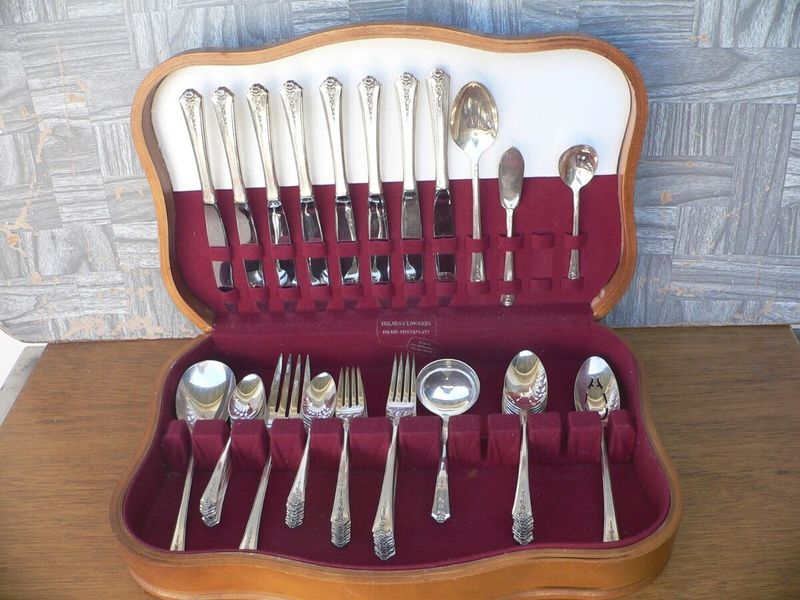
Tarnished dreams fill many a drawer! The fancy silverware reserved for special occasions often disappoints sellers hoping for sterling returns. Common silver-plated flatware sets have minimal resale value regardless of pattern or age.
Unlike solid sterling silver, these plated items from companies like Rogers or Community offer thin layers of silver over base metal. Even complete services for twelve rarely exceed $100 in today’s market.
11. Collector Plates From The 1970s-1980s
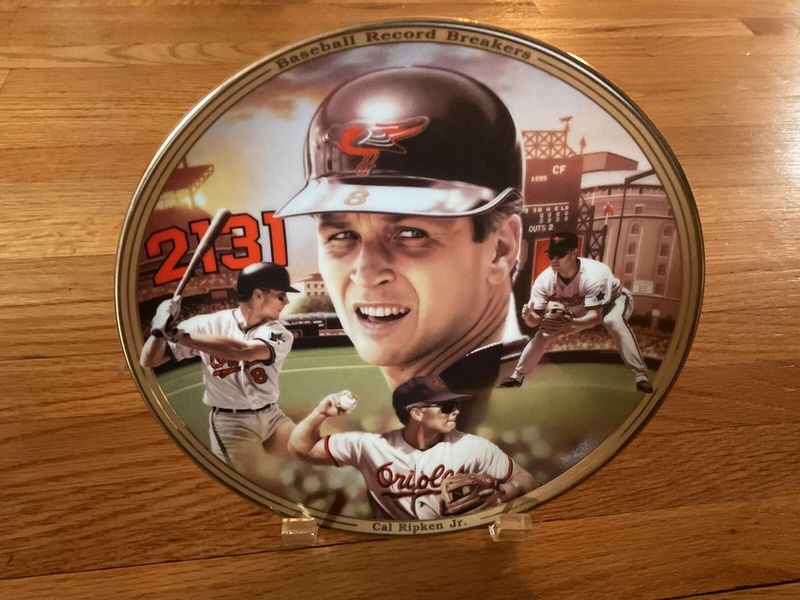
Circular disappointments hang on countless walls! Once marketed as “limited editions,” these mass-produced decorative plates were actually manufactured by the millions.
Collector plates from the 1970s-1980s, even those featuring North Carolina scenes or commemorating local events, typically sell for $5-10 each. Despite original purchase prices of $30-50 and promises of investment potential, these plates have become synonymous with worthless collectibles.
12. Generic Ceramic Figurines
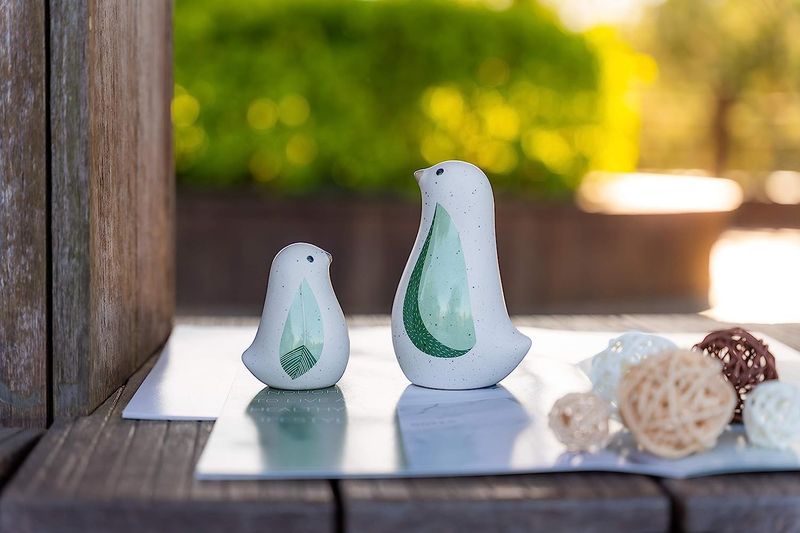
Dust collectors extraordinaire crowd many Cary china cabinets! Those cute porcelain animals and children rarely have value beyond personal attachment. Generic ceramic figurines, even those labeled “Made in Japan” or “Made in Occupied Japan,” typically sell for just a few dollars each.
Mass-produced decorative pieces by companies like Lefton or Enesco flooded the market from the 1950s onward. Only specific rare examples command significant prices.

